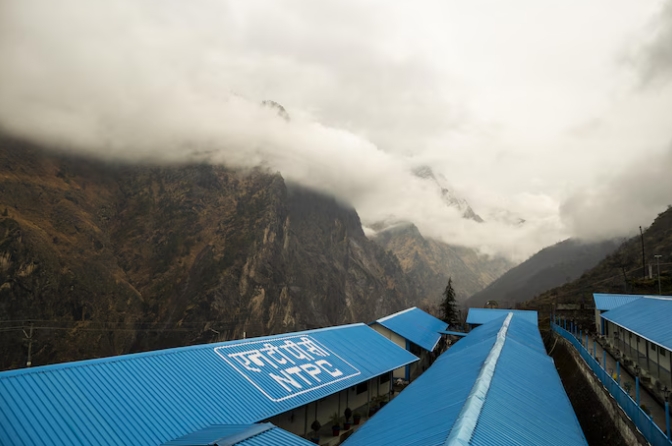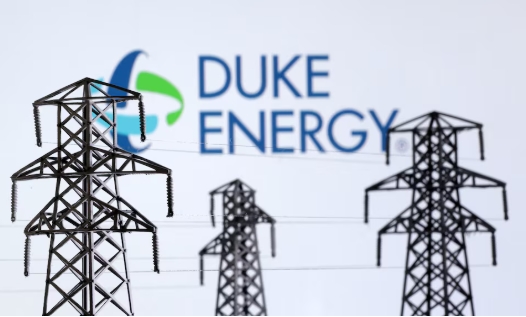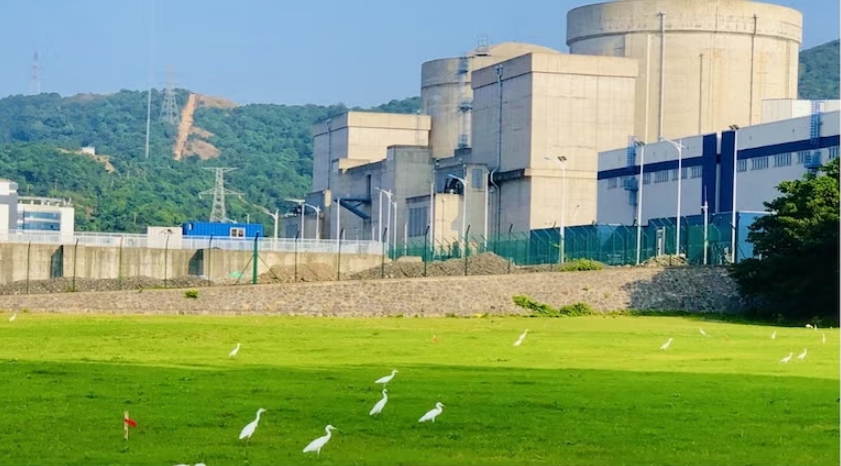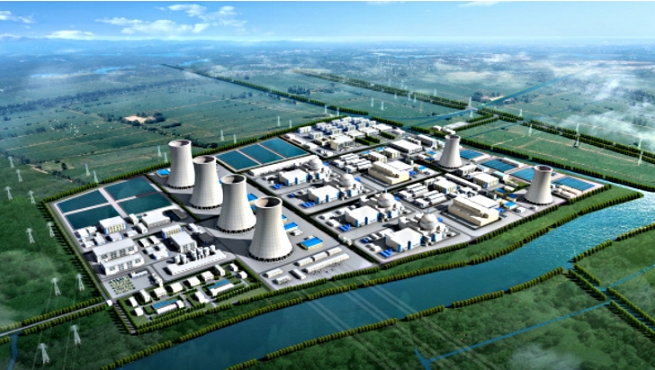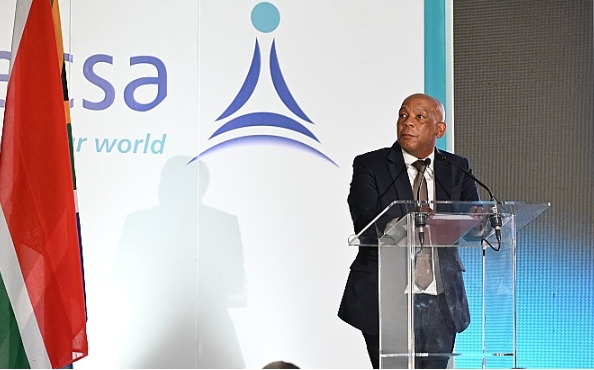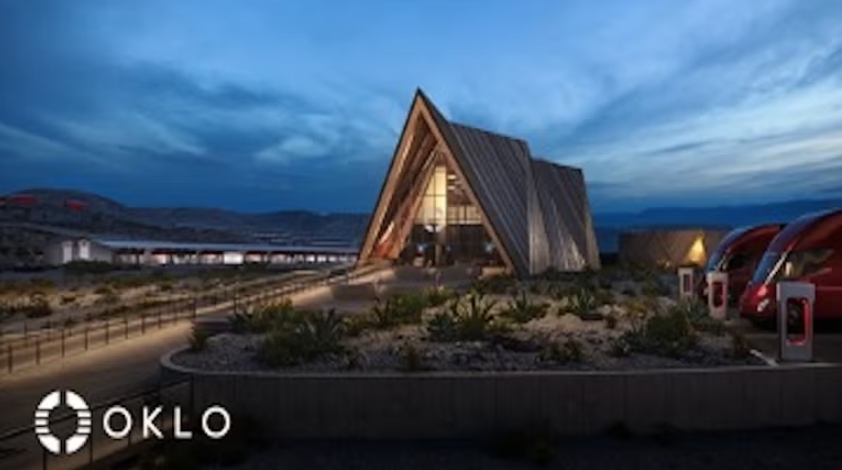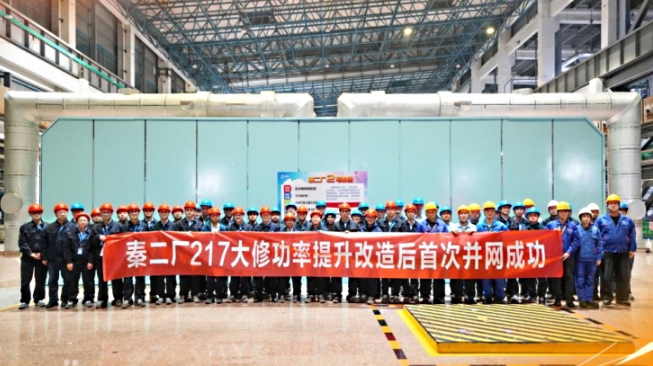It’s a given that corporate demand for tax relief will fall as profits diminish in 2020 and likely into 2021. The result will be less investment, directly from solar developers or third parties, to fund the upfront costs of new systems.
Yet the credit is a perfect tool for economic recovery. And, as more economists foresee a drawn out return to normalcy, rather than a quick, V-shaped rebound, long-term support of an industry with staying power makes sense.
Soft costs are the new frontier
The price of solar power has fallen 70% since 2010, but that’s just for the equipment. Soft costs arise from the permitting process and from time and effort required to interconnect with the local electric utility. Soft costs can add $1 per watt, or about one third on top of the price of a rooftop system.
“Something that’s come to light for us, and that we’ve worked on in these last weeks with COVID, has been that it’s really forced us to push forward on those soft cost issues,” Hoskins says. “This isn’t really on a cost basis, it’s just out of necessity.”
“We’ve reached out and had a lot of success with permitting offices, exploring ways that are less burdensome to provide them necessary information and reduce the timeline, because it’s the timeline that also makes these projects quite costly.”
She points out that automated processes for permitting and interconnection cut soft costs by a third in Germany and Australia. In the U.S., the National Renewable Energy Laboratory is developing SolarAPP, an online permitting tool that will be trialed this year. The technology will standardize the permitting process and have the criteria for safety and code compliance built in.
“The plan is to make the app available for free for permitting offices around the country, with the hope that this will really simplify the process both for public officials as well as the solar companies. “
“But the area that’s going to be my next priority is to work with the utilities to find a faster way to do the interconnection,” Hoskins says. “California utilities are really very good on interconnection. They automated a few years back and they can go through the process in a couple of days. We have other utilities where it’s weeks, and that just doesn’t make sense.”
“Hopefully, we can make this a more efficient process.”
Clean energy and utility interests must align
More often than not, electric utilities have viewed distributed energy like rooftop solar as a threat to their bottom line. The reason is simple. Monopoly utilities grow profits by investing in new infrastructure and earning a guaranteed rate of return, bestowed by a given state’s public utilities commission, for their effort. But distributed solar cuts both electricity sales and the need for utilities to make new capital investment in generation and powerlines.
This fundamental tension has driven utilities to increasingly push back on net metering in a drive to slow solar growth. Utilities have also argued that the intermittency of solar threatens electric grid stability, and that wealthy solar first adopters end up paying less for grid maintenance as their purchases of electricity fall, effectively shifting grid costs to lower income groups.
These arguments, while not unfounded, conveniently overlook the resiliency that distributed energy can bring to the grid. In 2015 in Hawaii, regulators cut net metering only to bring it back in revised form two years later, in good part due to utilities’ realization that consumers would respond by purchasing storage batteries and disconnecting from the grid, taking the resiliency that their distributed power systems provide along.
“When you get enough solar you’re also able to replace the need for very expensive transmission and distribution upgrades,” says Hoskins. “There are many studies that have shown net positive benefit, not just for the resident who owns solar, but for all rate payers.”
Last year Hawaiian Electric won a utility of the year award for its efforts to expand solar. The utility operates under an incentive structure geared toward rewarding efficiency and the proliferation of clean energy, both in service of meeting the state’s goal of 100% clean energy by 2045.
“In my view, there’s a role for distribution utilities to be essentially distribution system operators, in the way that we have regional transmission operators (RTOs) at the wholesale level,” she says. “You’re going to start to have this ecosystem where there are many, many players who are all trying to continue to improve and offer new services to customers. And, so we should have, I’d say, somebody conducting that orchestra. And that should be our utilities.”
“Look, we need to have a core distribution system, and it’s certainly not our view that we want everybody operating their own utility in their house. But we do very firmly believe that the approach should be grid services and integration. We’re going to need strong leadership from regulators to push this forward.”
Under crisis, ensure open communications
A final impact of COVID is felt in statehouses around the country.
“Due to COVID, many of the legislative and regulatory proceedings have been either been put on hold or scaled down. We want to make sure that there’s still going to be an opportunity for advocates across the board to give input into what are really critical policy decisions,” Hoskins says.
“We have to find a way that we’re going to be able to have stakeholder proceedings, if these restrictions have to continue for any extended period.”
